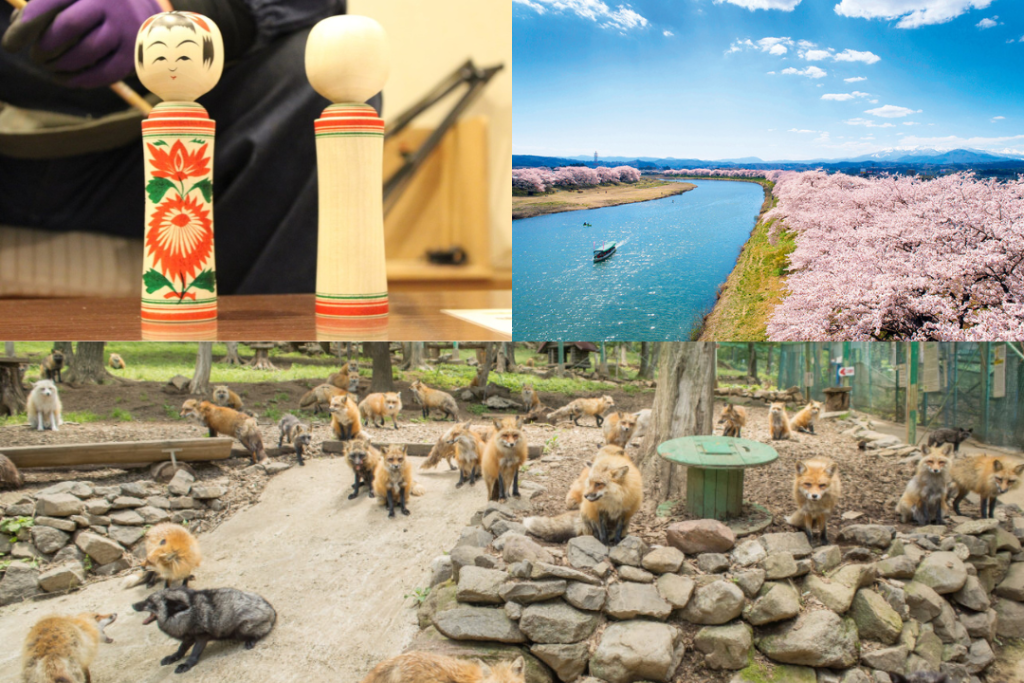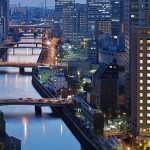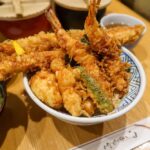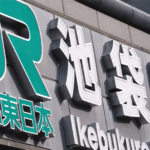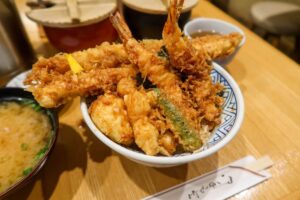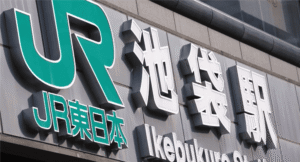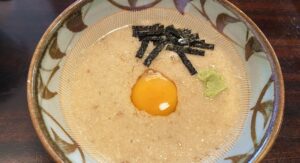Although many people associate Miyagi Prefecture with Sendai, the truth is that Miyagi has so much more to offer. From stunning natural landscapes to culturally rich historical destinations, there’s plenty waiting to be explored.
In Miyagi, you’ll find the mystical Okama Crater Lake, the breathtaking Shiroishigawa Tsutsumi lined with thousands of cherry blossoms, and Matsushima, one of the “Three Most Scenic Spots in Japan.”
In this article, we’ll introduce seven interesting tourist attractions in Miyagi Prefecture. These destinations will reveal the true charm of Miyagi and fill your trip with unforgettable surprises.
1. Okama Crater Lake (Goshikinuma)
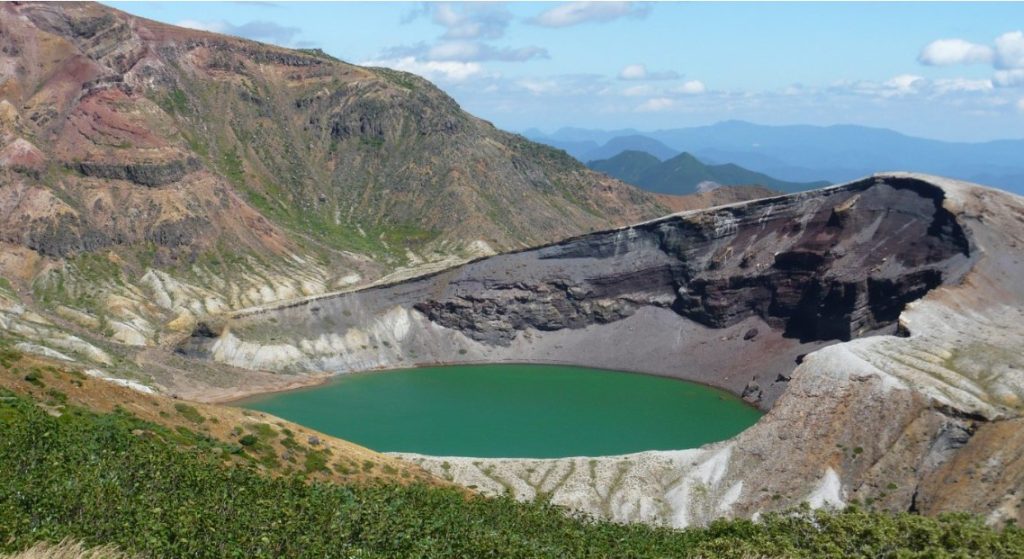
Located at the highest point in the central Zao Mountains, Okama Crater Lake was formed by a volcanic eruption around 1,200 years ago.
Surrounded by three peaks—Katta-dake, Kumano-dake, and Goshiki-dake—the lake has a diameter of approximately 325 meters and a circumference of about 1 kilometer.
Its water can change color depending on the season, time, weather, and temperature—ranging from deep green and blue to bright turquoise—earning it the nickname “Goshikinuma” or “Five-Colored Lake.”
The cobalt blue surface offers a visually calming and refreshing experience.
2. Miyagi Zao Fox Village
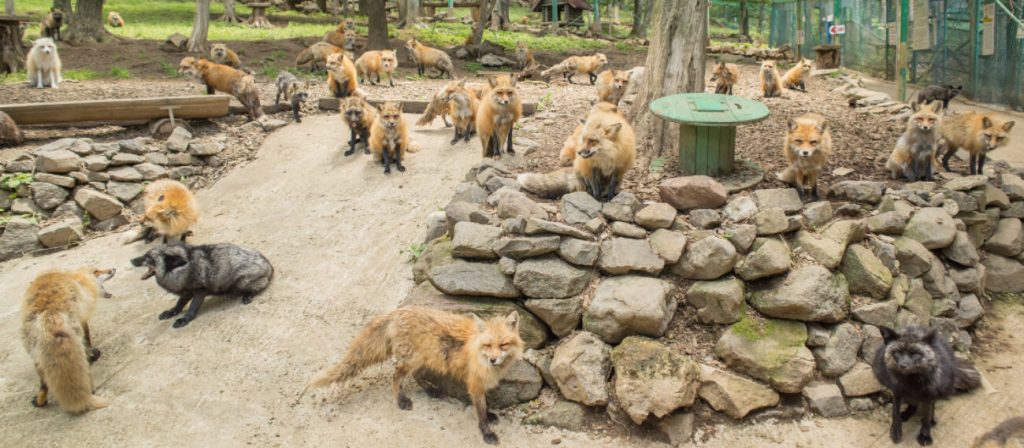
Nestled in the mountains of Shiroishi City, Miyagi Zao Fox Village is home to over 100 foxes from seven different species, including Ezo foxes, cross foxes, and Arctic foxes.
At this open-air sanctuary, visitors can feed, photograph, and even hold baby foxes.
During autumn and winter, their fur becomes thicker and fluffier, making them even more adorable and drawing many tourists.
All the foxes here are raised in captivity, and the facility follows strict protocols to prevent the spread of parasitic echinococcosis.
It’s worth noting that foxes may react to swaying objects—especially long skirts or black stockings—as they might mistake them for prey such as mice, particularly near the ankles.
Such clothing should be avoided when visiting. Therefore, for everyone’s safety, strict rules are enforced, and visitors are required to follow staff instructions.
- Opening Hours:
- Summer: 09:00 – 16:30
- Winter: 09:00 – 16:00
- Closed: Wednesdays (open on public holidays or extended holidays)
- Admission Fees:
- Adults (junior high school and above): ¥1,500
- Children (elementary school and below): Free (must be accompanied by at least one adult per child)
3. Shiroishigawa Tsutsumi Ichimoku Senbonzakura
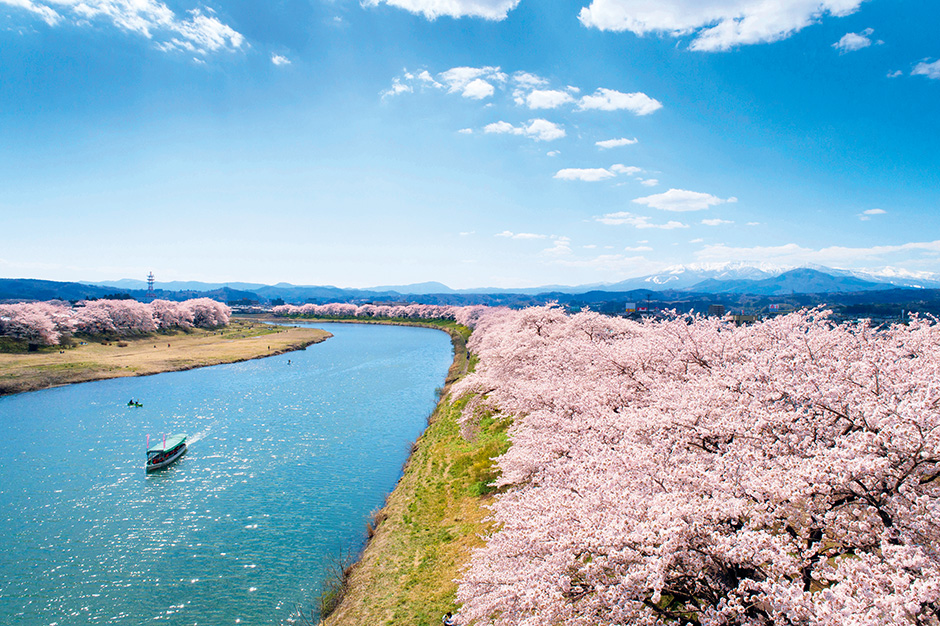
Shiroishigawa Tsutsumi Ichimoku Senbonzakura is one of the most famous cherry blossom viewing spots in Japan.
Along the banks of the Shiroishi River in southern Miyagi, around 1,200 cherry trees stretch for more than 8 kilometers.
When in full bloom, the pink petals, the clear blue river, and the snowy Zao Mountains in the background combine into an absolutely breathtaking view.
This Miyagi tourist attractions is listed among the “Top 100 Cherry Blossom Viewing Spots in Japan” and is nicknamed “Shiroishigawa Tsutsumi Ichimoku Senbonzakura” (A Thousand Cherry Blossoms at a Glance).
When the blossoms reach full bloom, the “Ogawara Cherry Blossom Festival” is held, featuring a romantic nighttime light display.
4. Naruko Gorge
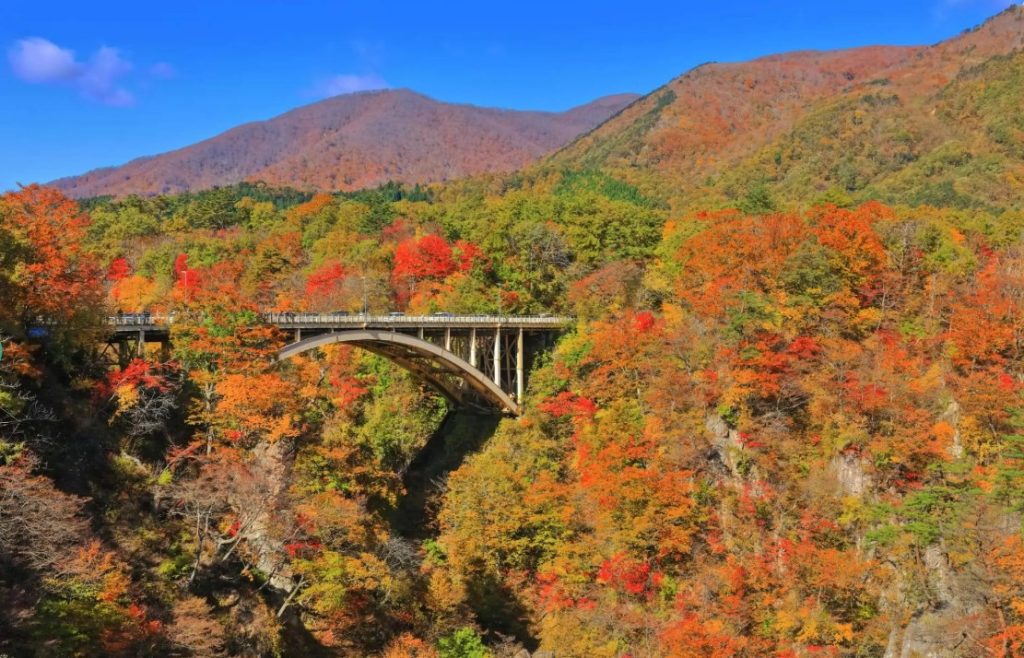
Naruko Gorge is a dramatic V-shaped valley plunging over 100 meters deep.
Its steep cliffs are lined with broad-leaved deciduous trees such as maples, Japanese maples, and water oaks.
In autumn, the foliage turns brilliant shades of red and gold, creating a picturesque scene like something out of a painting.
Renowned for its stunning fall colors, Naruko Gorge is considered one of the best spots in the Tohoku region to enjoy the autumn season.
The iron bridge spanning the gorge, with passing trains, creates a photogenic scene beloved by photography enthusiasts.
Several viewpoints along the trail offer magnificent views of the gorge and the surrounding landscape.
Whether capturing sweeping panoramas or seeking a special moment, exploring this area is a delightful experience.
With its vibrant foliage and majestic natural beauty, Naruko Gorge is a must-visit during autumn in Tohoku.
- Opening Hours: 09:00 – 16:00
- Visiting Season: Late April to mid-November (closed in winter: late November to late April)
- Admission Fee: Free
Read:
5 Best Tourist Attractions in Fukuoka for 2025! Add These to Your Next Fun Holiday List
5. Matsushima
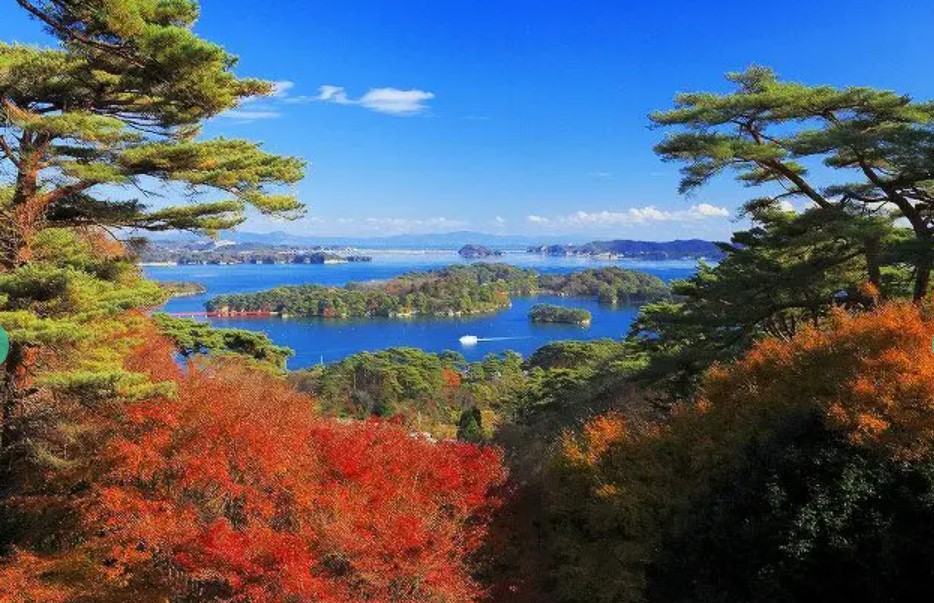
Included in the list of the “Three Most Scenic Views in Japan” alongside Amanohashidate in Kyoto and Miyajima in Hiroshima, Matsushima is a nationally renowned destination known for its natural beauty.
This area is also famous thanks to the travel writings of haiku poet Matsuo Basho in The Narrow Road to the Deep North.
Matsushima features a spectacular horizon over the Pacific Ocean, dotted with more than 260 lush green islands—a view that has been admired since the Heian period.
The best views of Matsushima are known as the “Four Views of Matsushima,” each offering a unique perspective:
- Sokan (Magnificent View): From Otakamori on the eastern side of Matsushima Bay, offering a vast panorama.
- Reikan (Graceful View): From Mount Tomiyama, known for its soft and elegant landscape.
- Ikan (Grand View): From Mount Tamonzan at the northern tip of Shichigahama City, delivering a bold and majestic impression.
- Yukan (Mystical View): From behind Mount Sokanzan, in a place called Ogitani, showcasing serene and profound beauty.
These names reflect the distinct characteristics of each view. The beauty of Matsushima can be appreciated not only at sunrise but also at sunset.
Seasonal changes—from cherry blossoms in spring, summer greenery, autumn foliage, to winter snow—enhance its charm throughout the year.
6. Japan Kokeshi Museum
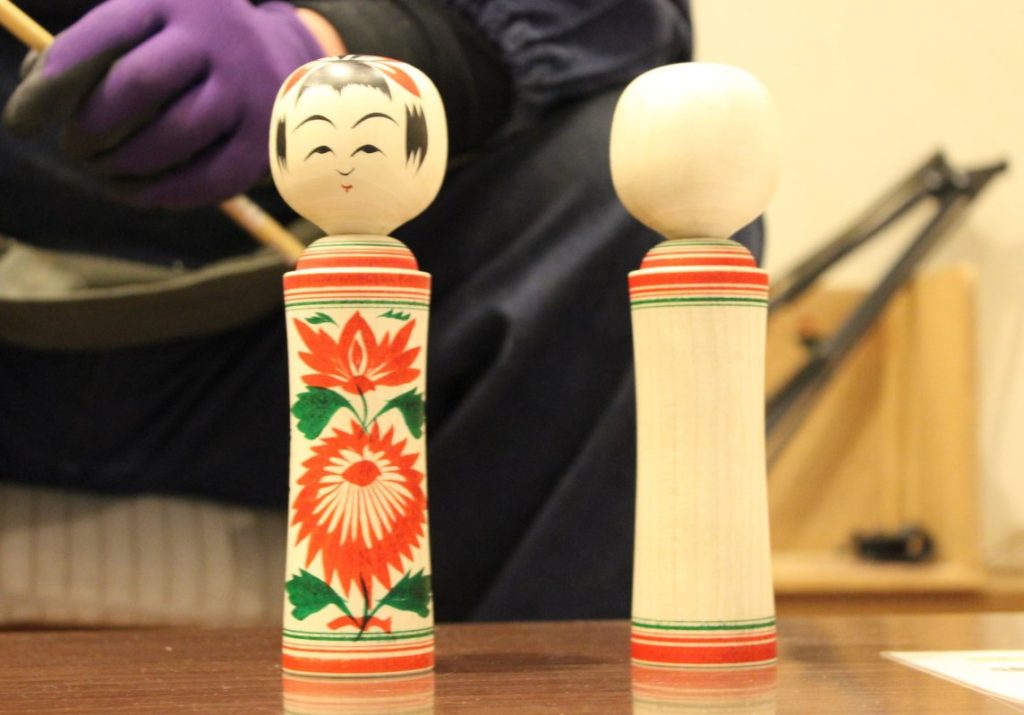
Naruko Onsen is the oldest region known for making kokeshi dolls, renowned for its traditional craftsmanship.
Naruko Kokeshi is one of the 11 main styles of traditional Japanese kokeshi dolls. Its features include elegant chrysanthemum motifs on the body and a fitted head design. When the head is turned, it produces a distinctive squeaking sound—one of the unique charms of Naruko Kokeshi.
The Japan Kokeshi Museum was established in 1953 (Showa 28), after poet and children’s story writer Kaname Fukazawa donated his valuable kokeshi collection to the former town of Naruko.
Since 1957 (Showa 32), kokeshi craftsmen from across Japan have also contributed dolls to the annual local Kokeshi Festival. This milestone led to the museum’s official opening in 1975 (Showa 50).
The museum showcases traditional kokeshi dolls from across the Tohoku region and includes a live demonstration area where visitors can watch how kokeshi dolls are carved and painted.
There’s also a hands-on area where visitors can create their own personalized kokeshi dolls as travel keepsakes.
- Opening Hours:
- April 1 – November 30: 8:30 AM – 5:00 PM
- December 1 – December 31: 9:00 AM – 4:00 PM
- Closed: January 1 – March 31
- Admission Fees:
- Adults: ¥500
- High School Students: ¥300
- Junior High School Students: ¥200
- Elementary School Students: ¥150
7. Izunuma
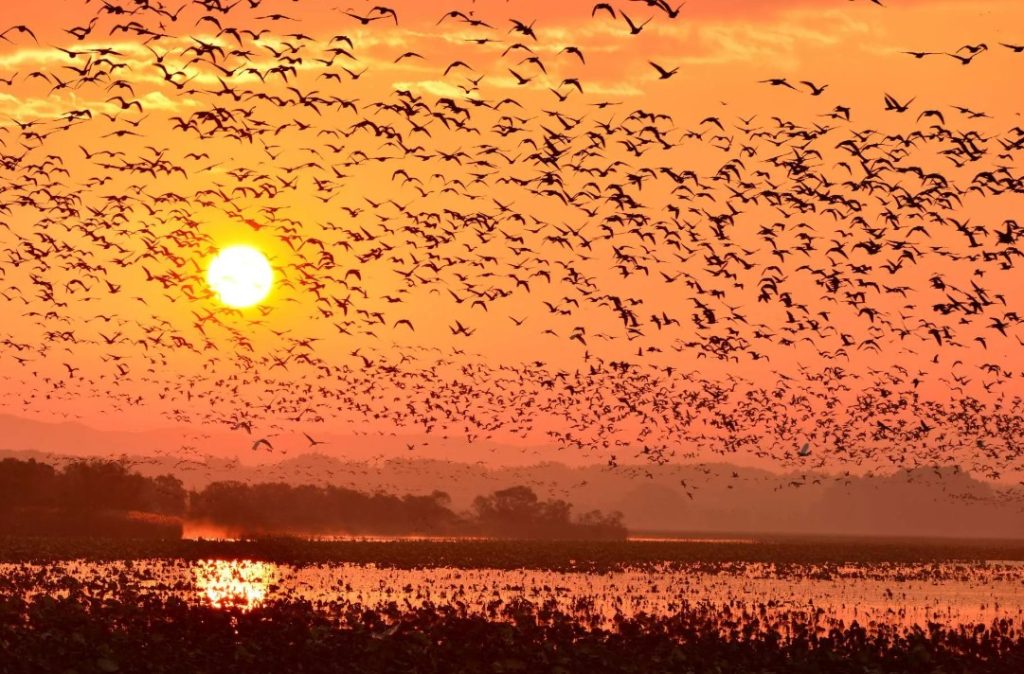
One of the most iconic winter sights in Miyagi Prefecture is the flock of migratory birds arriving at Izunuma.
As the largest lowland lake in the Tohoku region, the surface of Lake Izunuma doesn’t freeze even in winter. This makes it an ideal habitat for 2,000 to 3,000 whooper swans and tens of thousands of greater white-fronted geese to migrate and overwinter.
This stunning natural phenomenon led to Izunuma and its neighboring lake, Uchinuma, being designated as a National Natural Monument in 1967 due to their rich bird populations and habitats.
In addition, in 1985, Izunuma became the second site in Japan to be registered under the Ramsar Convention on Wetlands of International Importance, affirming its ecological value.
Beyond winter, from late July to late August, the annual Lotus Festival becomes a major attraction drawing many visitors.
During this period, tourists can ride small boats across the lake’s surface to admire the vast bloom of lotus flowers, creating a dreamlike summer atmosphere.
Whether it’s the grand bird migration in winter or the serene beauty of lotus blossoms in summer, Izunuma is a must-visit destination in Miyagi—especially for nature lovers.
Miyagi Prefecture offers visitors a wide variety of unique travel experiences through its stunning natural landscapes, rich cultural heritage, and abundant local charm.
If you’re planning a trip to the Tohoku region of Japan, be sure to include these destinations in your itinerary. So, those are seven interesting Miyagi tourist attractions to visit when traveling to Japan!

